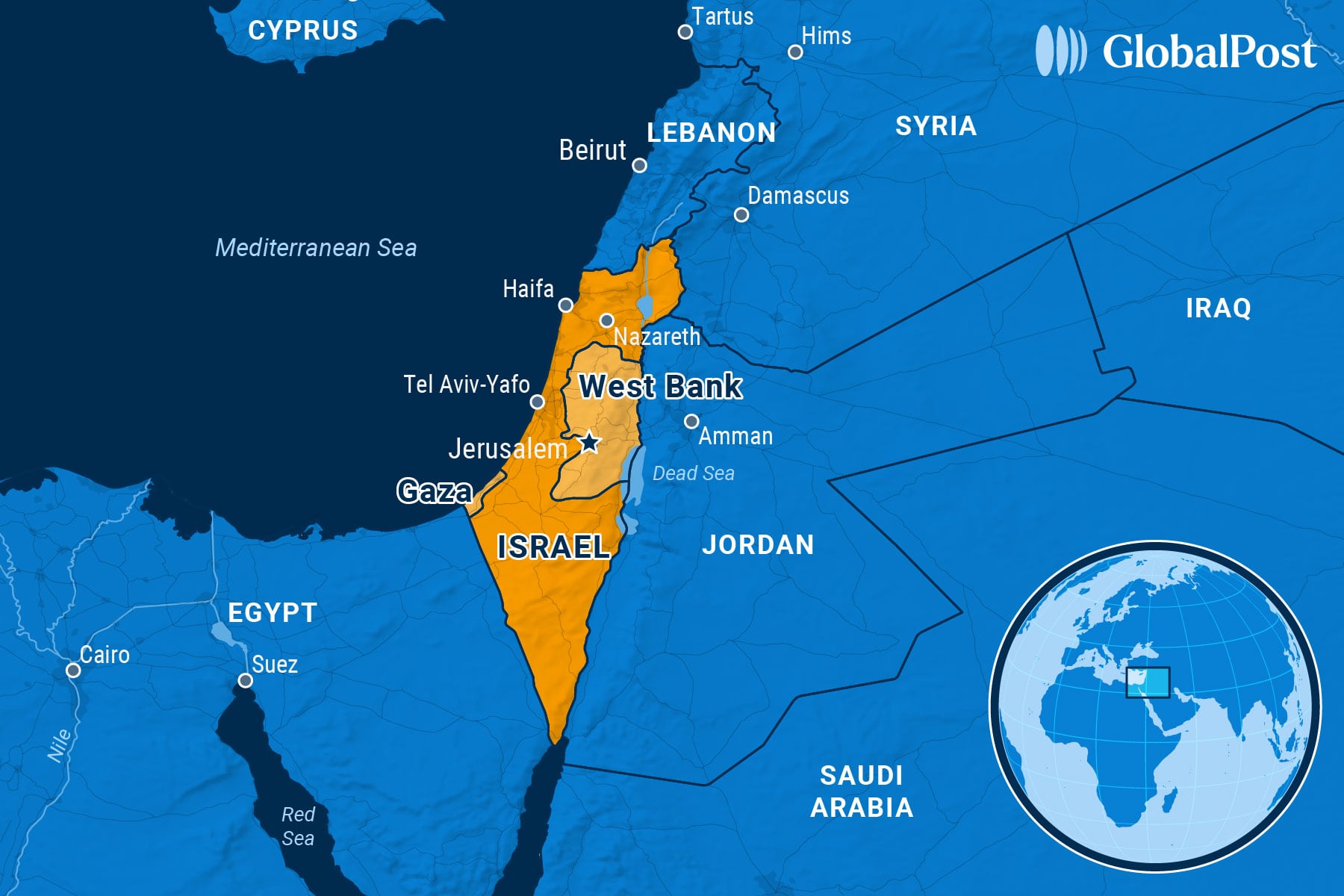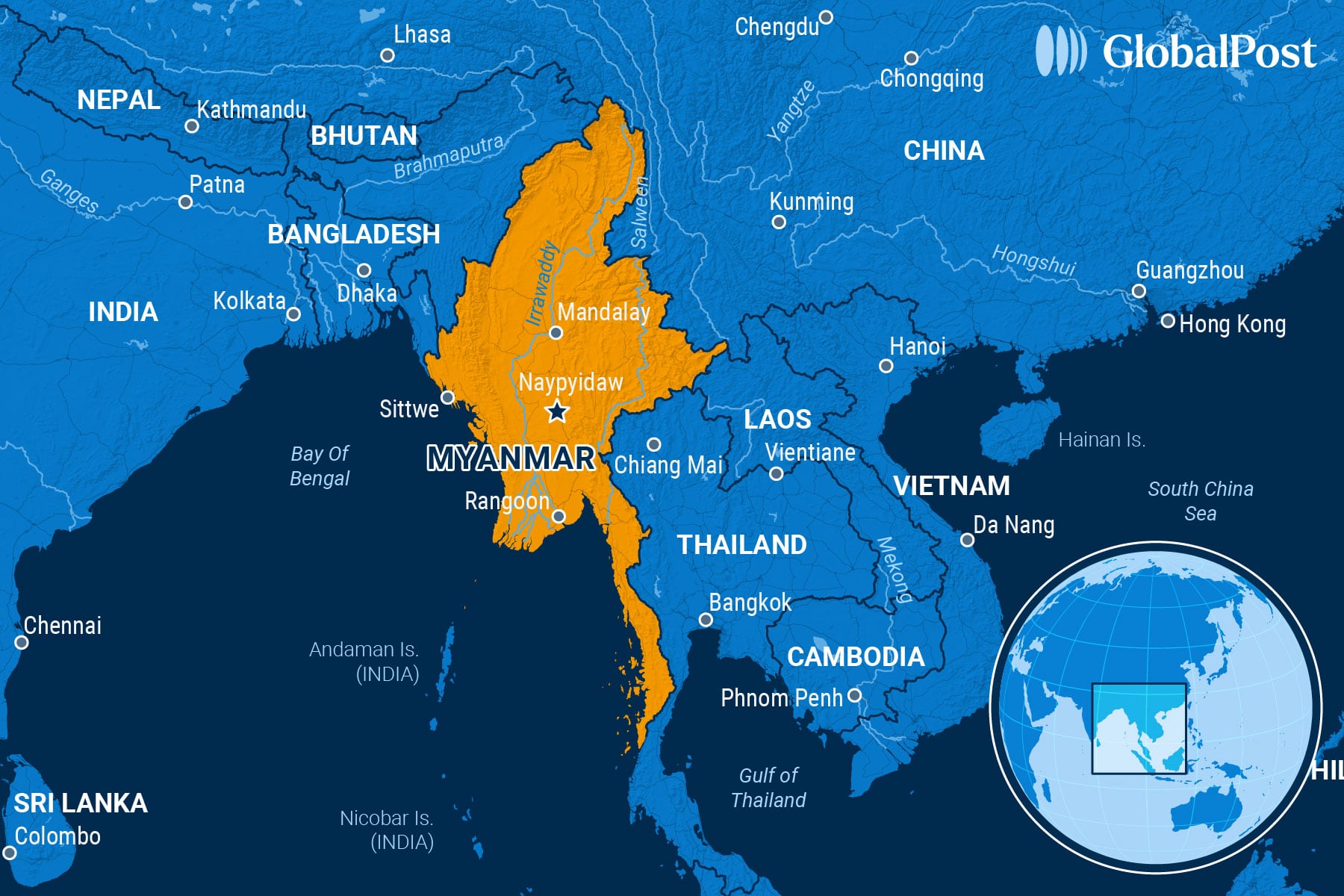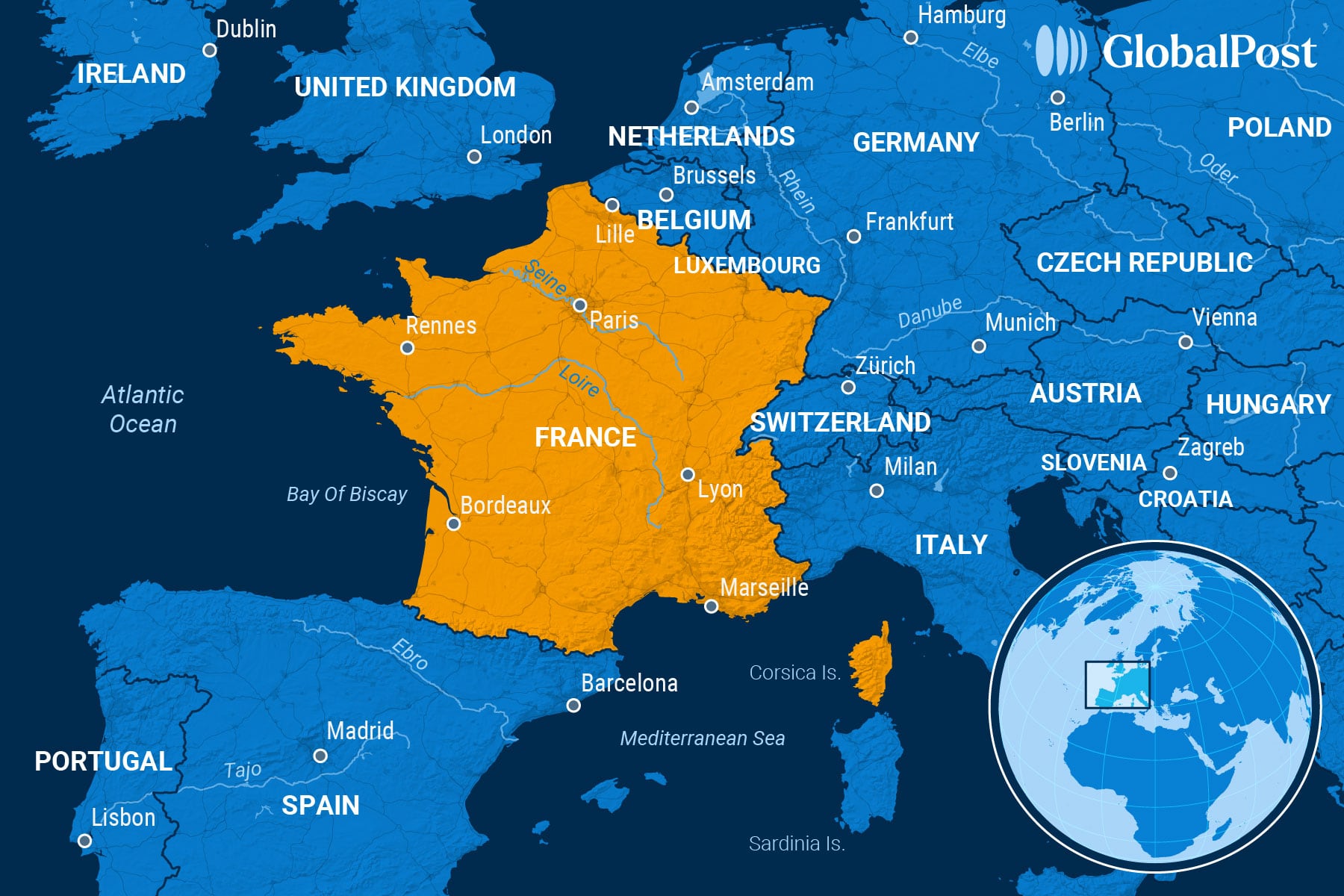The Enemy of My Enemy: How Rudderless Austria Got a Leader
NEED TO KNOW
The Enemy of My Enemy: How Rudderless Austria Got a Leader
AUSTRIA

In early March, three centrist political parties in Austria’s parliament agreed on a governing coalition and finally ended a record-breaking 129-day period without a government.
It also appointed a little-known politician, Christian Stocker, leader of the conservative Austrian People’s Party, as chancellor and shut out – for now – the far-right Freedom Party (FPÖ), which won the largest share of the vote in September’s elections.
The new administration, which includes the conservatives, the center-left Social Democrats, and the free market Neos party, has its work cut out for it, say analysts, partly because the far right didn’t win because of a charismatic leader.
“The Austrian case … presents a unique new twist for Europe’s far-right: After the FPÖ finished first … polling of the party faithful showed that only 2 percent of them voted for the FPÖ because an allegiance to (FPÖ leader Herbert) Kickl himself, while 45 percent said they supported the party because of its hardline policies,” wrote World Politics Review.
“Unlike Hungary, the Netherlands and France, where far-right figures have built political machines – and in the first two countries, come to power – based on personalist leadership styles, Austria’s swing to the extremes is not driven by the fire and fury of a singular popular figure,” it added. “Instead, it is the product of a slow and methodical campaign that has chipped away at the establishment parties’ base of support by exploiting frustrations around a weakening economy and fears over migration.”
Now, reflecting their awareness of the sentiments among their constituents, Stocker and his coalition parties are taking action on some of the issues that drove voters to support the Freedom Party. They have called for strict new asylum rules, new “return centers” to house rejected asylum-seekers, and asylum freezes.
Soon after taking office, Stocker suspended family reunions for migrants, for example, wrote the Morning Star, a left-wing British newspaper. “Austria’s capacities are limited, and that is why we have decided to prevent further overloading,” Stocker said.
Around 7,800 migrants came to Austria last year as part of family reunion programs for migrants, according to the Associated Press. Around 9,250 arrived in 2023. Most migrants were minors. Austria’s population is around 9 million.
The new government has agreed to cut government spending while simultaneously shifting public investments into military expansion, as Defense News reported, social welfare services, and economic growth, as Politico reported.
Those moves might be possible given how Austria is neutral – and thus theoretically protected from Russian aggression – but has a sizeable defense industry that is already profiting from European demand for more military hardware, as Bloomberg explained. Austrian banks have also profited off of the country’s Russian connections.
That’s a different set of priorities than those of the Freedom Party, which is anti-European Union and wants sanctions lifted on Russia and aid for Ukraine halted, arguing that it prolongs the war.
Meanwhile, in spite of its moves to crack down on migration, the new administration will face plenty of criticism from Freedom Party leaders. “The only thing that unites this loser, traffic-light coalition is thirst for power,” the party said on X.
Will the new coalition’s moves be enough to bring back voters to the center? Maybe, wrote the Istituto Analisi Relazioni Internazionali, an Italian think tank. The alternative is new elections and another long wait for a government, it added.
“Public opinion remains divided,” it said. “While many Austrians support the centrist coalition as a stabilizing force against extremism, others express frustration over prolonged coalition negotiations and policy compromises. The success of the coalition depends on its ability to implement policies effectively and maintain public trust.”
“With opposition parties pushing for an early election,” it added, “the political landscape remains dynamic and subject to change in the coming years.”

THE WORLD, BRIEFLY
Peace Volleyball: Proposals And Counterproposals as Gaza Conflict Grows Again
ISRAEL/ GAZA

Hamas agreed to a new Gaza ceasefire proposal submitted by mediators Egypt and Qatar over the weekend, raising the prospect of a renewed truce as Israeli officials said they were reviewing the offer and had delivered a counterproposal in coordination with the United States, Reuters reported.
Khalil al-Hayya, a senior Hamas official and head of its negotiating team, announced that the group had “accepted” the proposal Saturday, which reportedly includes the phased release of five Israeli hostages and a temporary cessation of hostilities.
According to Israeli sources, the deal envisions a 50-day ceasefire starting over the Muslim holiday of Eid al-Fitr, during which Hamas would release five hostages each week, Bloomberg noted.
Israeli Prime Minister Benjamin Netanyahu’s office confirmed consultations on the proposal and said it sent a counteroffer to the mediators, though details were not released.
The negotiations follow weeks of indirect talks that resumed after Israel restarted its military campaign March 18 in the Gaza Strip, ending a two-month ceasefire.
Despite the diplomatic efforts, Israeli strikes continued across the territory over the weekend. On Saturday, the Israel Defense Forces launched new ground operations in the al-Janina neighborhood of Rafah and carried out airstrikes throughout the enclave.
The Hamas-run Health Ministry said more than 40 Palestinians were killed in the past 24 hours, bringing the total death toll since March 18 to nearly 900, according to the Associated Press.
Since the conflict began on Oct. 7, 2023, more than 50,000 people have been killed in the Palestinian enclave, according to Gaza health officials.
The war was triggered by a Hamas-led assault on southern Israel that killed 1,200 people and sa/w more than 250 taken hostage. Israel has since demanded the return of the 59 hostages still in Gaza, along with the group’s disarmament and exile of its leadership.
Hamas has refused calls to lay down weapons, insisting that it would not disarm as long as the “Israeli” occupation exists.
Meanwhile, Israeli forces carried out their first strike on Lebanon’s capital since the end of the November ceasefire with Hezbollah, targeting a drone facility in a Beirut neighborhood.
Lebanon condemned the strike, while French President Emmanuel Macron criticized it as a violation of the ceasefire agreement and pledged to raise the matter with Netanyahu and US President Donald Trump.

Rocked By Civil War, Myanmar Is Shaken by Powerful Quake
MYANMAR

Myanmar’s death toll from a 7.7 magnitude earthquake topped 1,700 by Monday, prompting the country’s shadow National Unity Government (NUG) – the elected government in exile – to declare a two-week, unilateral, partial ceasefire to facilitate emergency relief operations across quake-hit areas also ravaged by the country’s ongoing civil war, the Associated Press reported.
The earthquake – Myanmar’s strongest in over a century – struck Friday near the central city of Mandalay, toppling buildings, collapsing bridges, damaging roads, and causing widespread destruction in the city and surrounding regions, including the capital Naypyidaw. Officials said more than 3,400 people were injured, and 139 were reported missing, with the casualty count expected to rise.
Hospitals in the region were overwhelmed, and critical infrastructure – including the air traffic control tower at Naypyidaw International Airport – was destroyed, delaying the arrival of aid.
Relief operations have been severely hindered by damaged transportation networks and Myanmar’s ongoing civil war, which has displaced more than three million people and made several regions inaccessible.
Myanmar’s civil war erupted after the military seized power from Aung San Suu Kyi’s elected government in February 2021, sparking protests. The junta’s crackdowns on dissent have drawn condemnation, while the resistance movement – supported by ethnic armed groups – continues to push for a return to democracy.
The NUG’s ceasefire – effective Sunday – meant that its armed wing, the People’s Defense Force, would halt offensive operations in affected areas and cooperate with international agencies to ensure the safe delivery of aid while reserving the right to act in self-defense.
Meanwhile, international support began flowing in despite logistical hurdles.
China pledged $13.8 million and deployed 135 personnel, while Russia sent 120 rescuers and a medical team – both countries are allies of Myanmar’s military junta.
The United Nations allocated $5 million for immediate aid, while other nations, including India, South Korea, Malaysia, and Singapore, also dispatched assistance.
Despite the ceasefire, Myanmar’s ruling military junta reportedly continued airstrikes on Saturday in quake-affected Kayin and Shan states.
UN Special Rapporteur Tom Andrews condemned the military’s actions as “outrageous,” warning that ongoing conflict would jeopardize relief operations, Australia’s Broadcasting Corporation wrote. There has been no official response from the junta to the NUG’s ceasefire offer.
The quake also affected neighboring Thailand, causing extensive damage and killing 17 people, mostly in a Bangkok high-rise collapse. Rescue operations continued over the weekend as dozens of people remained unaccounted for.
Seismologists warned that Myanmar’s dense population and vulnerable building structures amplified the destruction, with further aftershocks likely.
The US Geological Survey estimated that fatalities in Myanmar could still rise significantly in the coming days.

French Top Court Ruling Jeopardizes Far-Right Leader’s Presidential Aspirations
FRANCE

France’s constitutional court ruled over the weekend that elected officials can be barred from office immediately upon conviction for a crime, a decision that could have major implications for far-right leader Marine Le Pen ahead of a verdict in her embezzlement trial expected Monday, France 24 reported.
On Friday, the court rejected a constitutional challenge brought by Rachadi Saindou, a local official in the French overseas territory of Mayotte, who had been removed from office after his conviction for embezzling public funds.
Saindou disputed the legality of a “provisional execution” ban, which meant that he had to resign from his post immediately after being convicted instead of waiting for an appeals process to run its course, according to Politico.
His lawyers had claimed that such immediate bans violated democratic principles by depriving voters of their right to choose their representatives.
In its ruling, the court said the provisional enforcement of ineligibility did not infringe upon fundamental rights, affirming that convicted politicians must resign from office immediately, even while appeals are pending.
Legal analysts said that while the court limited its analysis to local politicians, the ruling could influence how judges handle cases involving national figures.
Le Pen and 24 co-defendants – as well as members of her National Rally party – are accused of misusing more than $3 million in European Parliament funds by employing parliamentary assistants for party work in France.
Prosecutors in Le Pen’s case have requested that she be barred from holding office for five years and that the sentence be immediately executable.
She has denied wrongdoing and described the case as politically motivated.
While the constitutional court’s decision does not directly determine the outcome of Le Pen’s trial, it may guide judges in applying immediate penalties, raising the political stakes of the ruling expected on Monday.
Such a ruling would not remove Le Pen from her current role in parliament but would prevent her from running in the 2027 presidential election, where she currently leads in early polling.

DISCOVERIES
Secret Power
Most people experienced watching a water droplet sliding on a car window, stopping, and then starting again, sometimes moving more quickly than before.
That’s due to the droplets building up an electrical charge 10 times greater than previously thought, according to a new study.
It showed that when a droplet gets stuck on a small bump or a rough surface, pressure builds up until the droplet can “jump” or “slip” past the obstacle, creating an irreversible charge.
Before, scientists believed this only occurred when the liquid moved from a wet surface to a dry one, Science Daily explained.
“We have (now) shown that charge can be created when the liquid first contacts the surface, when it goes from dry to wet, and is 10 times stronger than wet-to-dry charging,” said study author Peter Sherrell in a statement.
To arrive at this conclusion, researchers studied the charging effect with water and the material used in Teflon, polytetrafluoroethylene (PTFE), a type of plastic used in pipes and other fluid management materials. However, Teflon does not conduct electricity, so the charge generated cannot be easily or safely removed.
The team then measured the electrical charge and contact areas created by water droplets spreading and contracting on a flat surface of Teflon to simulate the movement on any kind of surface. Afterward, they used a special camera to capture frames of droplets sticking and slipping while simultaneously measuring the change in charge.
The first time water touched the surface, it created the biggest change in charge, from 0 to 4.1 nanocoulombs (nC), the researchers said. Then, as the water surface alternated between wet and dry, the charge oscillated between about 3.2 and 4.1 nC.
“To put things into perspective, the amount of electrical charge that water made by moving over the PTFE surface was more than a million times smaller than the static shock you might get from someone jumping next to you on a trampoline,” said the study’s first author, Shuaijia Chen.
This research didn’t show where the charge resides but demonstrated that it didn’t disappear. Instead, it is generated at the interface between the droplet and the surface and is likely retained by the droplet as it moves over the surface.
“Understanding how and why electric charge is generated during the flow of liquids over surfaces is important as we start to adopt the new renewable flammable fuels required for a transition to net zero,” said study author Joe Berry.
An electric shock inside a fuel container with flammable liquids could be dangerous, so it’s important to safely discharge any charge buildup on a solid surface once the liquid has moved away.
Currently, charge buildup in existing fuels is minimized by restricting flow, using additives, or other methods, but these may not be effective with newer fuels. This understanding could help develop coatings to reduce charge buildup in future fuels.
